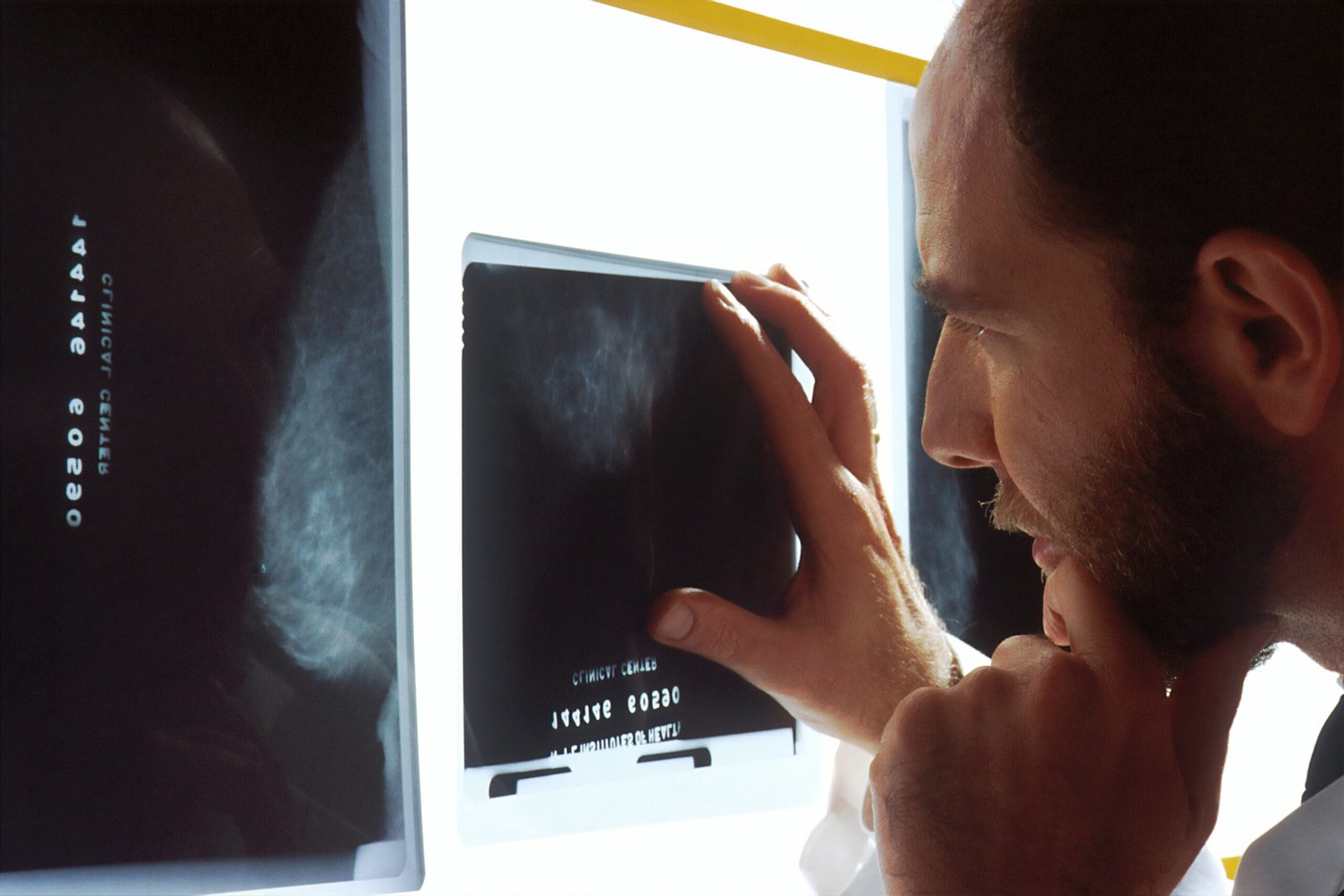Medical imaging plays a crucial role in the field of radiology and diagnostic imaging. It involves the use of various imaging techniques to visualize the internal structures of the human body and aid in the diagnosis, treatment, and monitoring of diseases. With the advancements in technology, the integration of artificial intelligence (AI) has revolutionized the field of medical imaging, leading to significant improvements in image analysis and clinical decision support.
Machine Learning and Computer-Aided Diagnosis (CAD)
One of the key applications of AI in medical imaging is machine learning, a subset of AI that enables computers to learn from data and make predictions or decisions without being explicitly programmed. Machine learning algorithms can be trained on large datasets of medical images to detect patterns and anomalies, assisting in the diagnosis of various diseases.
Computer-Aided Diagnosis (CAD) systems, powered by machine learning algorithms, have been developed to assist radiologists in interpreting medical images. These systems can analyze images and provide automated suggestions or alerts for potential abnormalities, helping radiologists in making accurate diagnoses.
Image Analysis and Deep Learning
Deep learning, a branch of machine learning, has gained significant attention in medical imaging. It involves the use of artificial neural networks to analyze complex patterns and structures in medical images. Deep learning algorithms can automatically extract features from images and classify them, enabling accurate disease detection and image recognition.
By training deep learning models on vast amounts of medical imaging data, researchers have achieved remarkable results in various applications. For example, deep learning algorithms have been used to detect cancerous tumors in medical images with high accuracy, aiding in early diagnosis and treatment planning.
Healthcare Technology and Clinical Decision Support
The integration of AI in medical imaging has led to the development of advanced healthcare technologies that enhance clinical decision-making. AI algorithms can analyze medical images and provide quantitative measurements, such as tumor size or tissue density, assisting radiologists in making more informed decisions.
Furthermore, AI-based clinical decision support systems can compare medical images with vast databases of similar cases, providing valuable insights and recommendations for treatment options. This helps in improving the accuracy and efficiency of diagnosis and treatment planning.
Radiomics and Image Segmentation
Radiomics is a field that focuses on extracting a large amount of quantitative data from medical images. AI algorithms can analyze these data to identify subtle patterns and correlations that may not be visible to the human eye. This information can be used to develop predictive models for disease prognosis and treatment response.
Image segmentation, another important application of AI in medical imaging, involves dividing an image into meaningful regions or objects. AI algorithms can accurately segment organs, tissues, or lesions in medical images, enabling precise measurements and analysis.
Future of Medical Imaging AI Applications
The integration of AI in medical imaging has immense potential for future advancements. As AI algorithms continue to evolve and improve, they have the potential to revolutionize disease detection, treatment planning, and patient care.
With the increasing availability of big data and advancements in computing power, AI algorithms can be trained on larger datasets, leading to improved accuracy and generalization. This can help in developing more robust AI models for medical imaging applications.
Moreover, the integration of AI with other emerging technologies, such as robotics and virtual reality, can further enhance the capabilities of medical imaging systems. For example, AI-powered robots can assist in performing complex surgeries, guided by real-time analysis of medical images.
In conclusion, the integration of artificial intelligence in medical imaging has transformed the field, enabling more accurate diagnosis, improved clinical decision-making, and enhanced patient care. Machine learning, deep learning, and AI-based technologies have revolutionized image analysis, disease detection, and image recognition. As AI continues to advance, the future of medical imaging holds great promise for further advancements in healthcare technology and improved patient outcomes.

